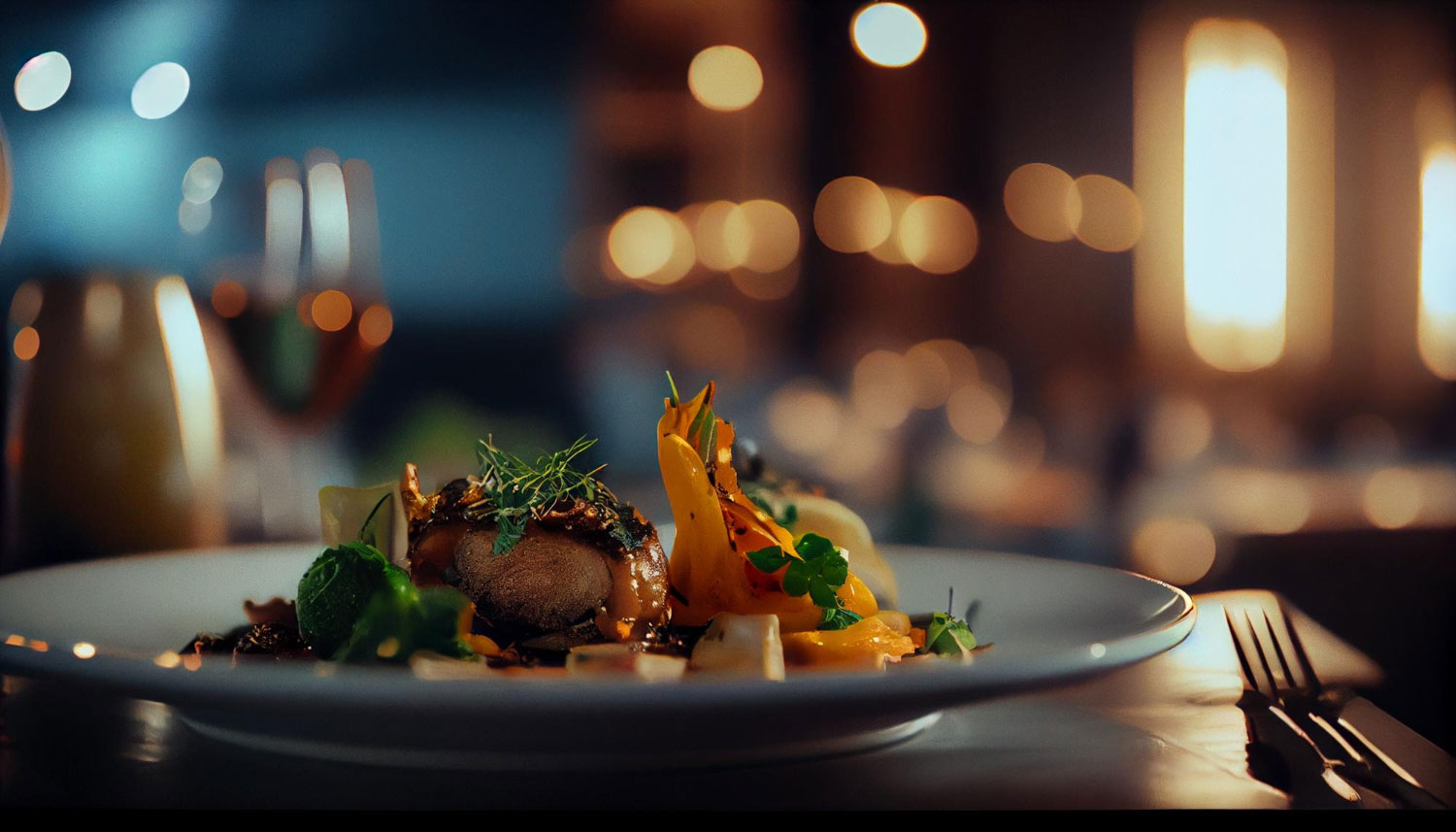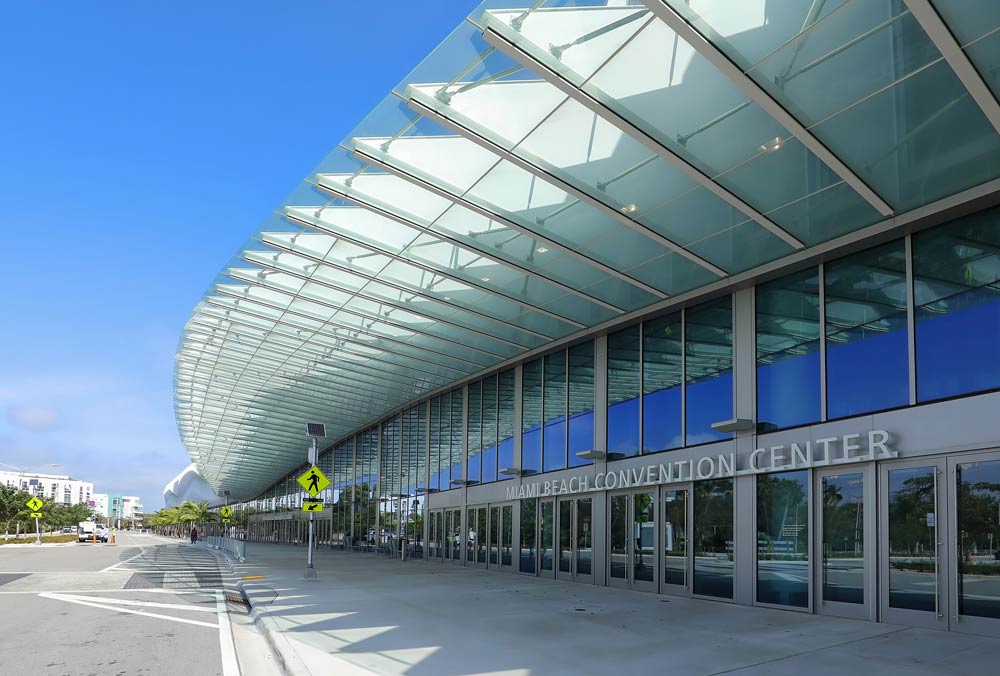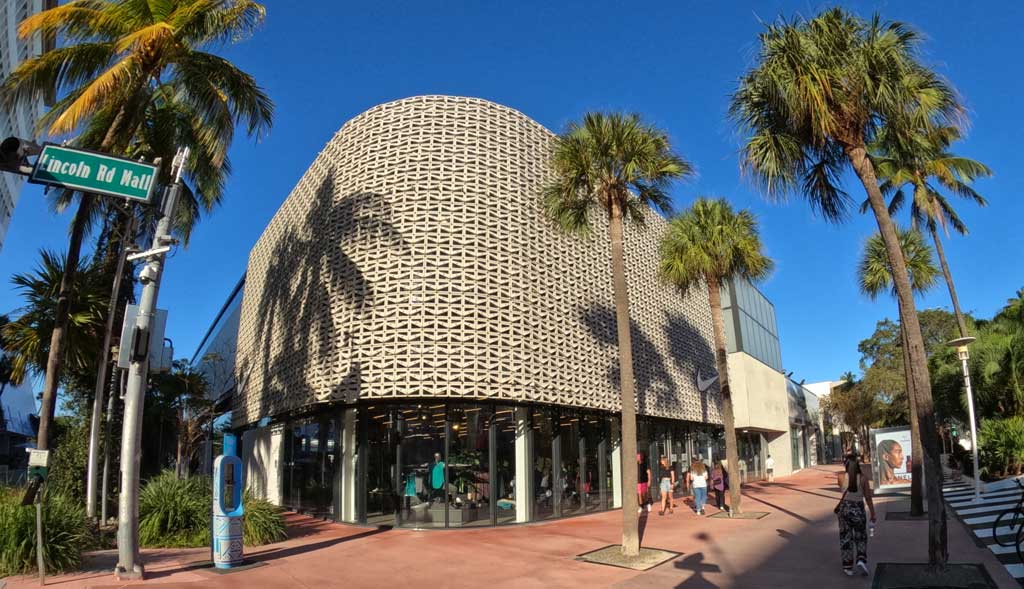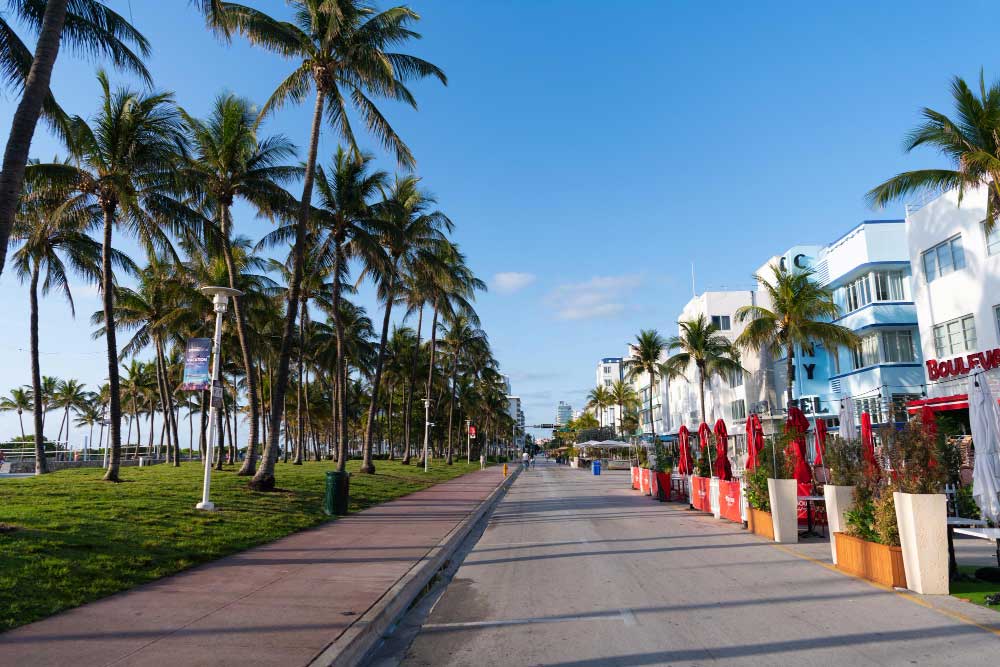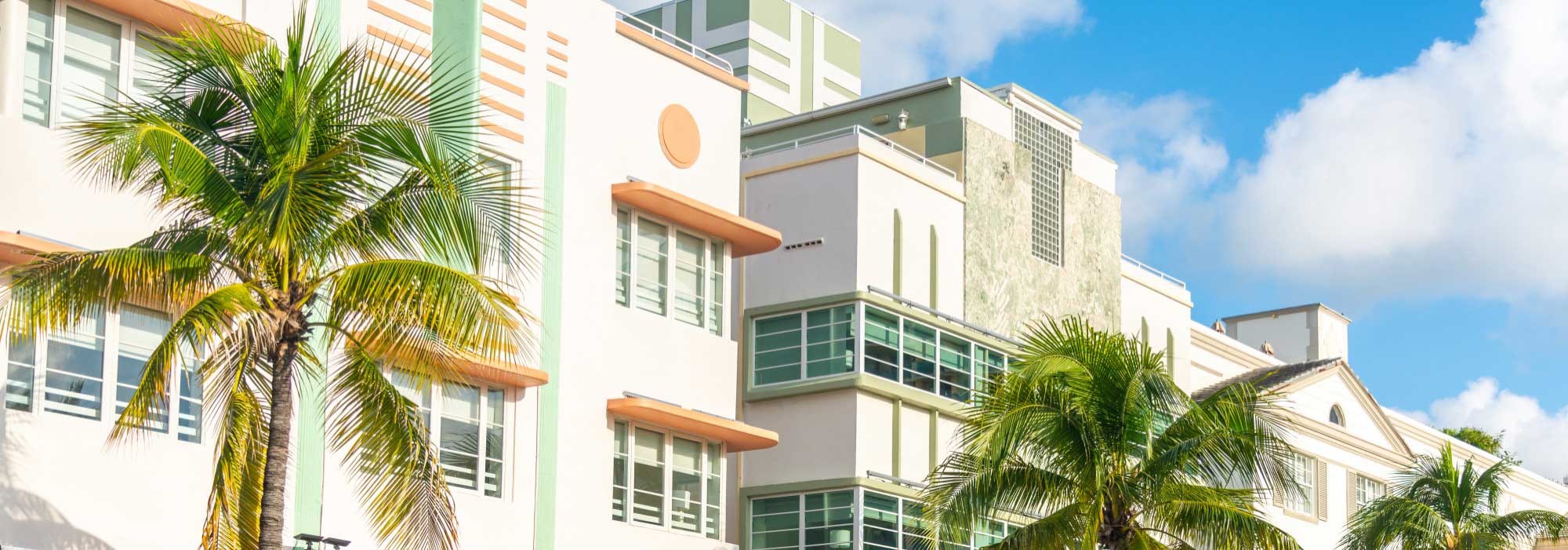Are you a lover of art and architecture? Are you fascinated by the grandeur of the past and the stories it holds? Then the Art Deco Historic District is the perfect place for you. Located in Miami Beach, this district is a melting pot of history, culture, and glamour.
As you take a stroll through this district, a magical aura surrounds you, transporting you to the 1920s and 1930s, the pinnacle of the Art Deco era. Let’s take a tour of this fascinating district, exploring the hidden secrets and tales it holds.
The Beginnings
The Art Deco Historic District is a result of the Great Miami Beach Boom of the 1920s, where many hotels and apartments were erected to cater to the needs of visitors. But with the Great Depression, the tourism industry slowed down, and the buildings fell into disrepair.
However, the district was saved by the efforts of a group of visionary activists who recognized the architectural value of these buildings. They lobbied for their preservation and succeeded in having the district listed on the National Register of Historic Places in 1979.
The Architecture
The Art Deco architecture features bold geometric patterns, vibrant colors, and streamlined designs. The facades are adorned with zigzag motifs, sunburst patterns, and exotic flora and fauna. The buildings feature porthole windows, curved corners, and copper or chrome detailing.
The district is an excellent example of the Art Deco style, with over 800 buildings constructed between 1923 and 1943. You will see a wide variety of architecture styles, including Nautical Moderne, Mediterranean Revival, and Streamline Moderne.
The Hotels
Many of the buildings in the district are hotels, each with its unique story and charm. The Essex House, built-in 1938, was one of the first hotels to feature air conditioning, and the Cavalier Hotel, constructed in 1935, was the place to be for Hollywood stars.
The Park Central Hotel, which opened in 1937, was famous for its neon sign, which is still a neighborhood landmark. The 1939 Riviera Hotel, now the Bentley Hotel South Beach, with its two curved facades on the east and south with eyebrows and racing stripes meeting in a beveled corner and flanked on each floor by a pair of octagonal diamond windows, is another landmark of the era.
The Movie Theaters
Going to the movies was a popular pastime in the 1930s, and the district had its fair share of movie theaters. The Colony Theater, built-in 1935, was once the largest theater in South Florida. The Lincoln Theater, constructed in 1936, was designed by an African American architect, and its interior features murals by a renowned African American artist.
The Byron Carlyle Theater, opened in 1968, is a modernist addition to the district’s architecture, and it still hosts events and performances today.
The Restaurants and Bars
The Art Deco Historic District is home to some of the best restaurants and bars in Miami Beach. The Carlyle Café, located in the Carlyle Hotel, serves up delicious cocktails and cuisine in an elegant Art Deco setting.
The News Café, opened in 1988, is a popular spot for breakfast and lunch, with outdoor seating perfect for people-watching. The Mango’s Tropical Café, famous for its live music and entertainment, is a must-visit spot for a night out.
The Museums
The district is not just about hotels and restaurants; there are several museums here worth exploring. The Wolfsonian-FIU Museum showcases decorative arts, design, and propaganda from the period. The Jewish Museum of Florida, located in a restored Art Deco synagogue, tells the story of the Jewish community’s contribution to the development of Miami Beach.
The Art Deco Museum, located in the heart of the district, has a collection of artifacts and exhibits that provide an insight into the era’s lifestyle.
The Beach
Of course, no visit to Miami Beach is complete without a visit to the beach. The Art Deco Historic District’s beachfront is the perfect spot to relax and soak up the sun. The white sand beach stretches for miles, and the ocean’s turquoise waters are calming and refreshing.
For the more active visitors, there are water sports activities such as jet skiing and parasailing available.
The Shopping
The district has no shortage of shopping opportunities, with a mix of high-end boutiques and vintage shops. The Lincoln Road Mall, a pedestrian promenade, is home to designer stores such as Armani, Zara, and H&M.
Collins Avenue is the place to go for high-end luxury brands such as Louis Vuitton, Chanel, and Prada. The Art Deco Gift Shop, located inside the Art Deco Museum, is the perfect place to buy souvenirs and gifts.
The Nightlife
The Art Deco Historic District comes alive at night, with a vibrant nightlife scene. The Clevelander Hotel, built in 1938, has a rooftop bar with views of the ocean and live DJ performances. The Palace Bar is a historic drag bar with a lively atmosphere and outdoor seating.
The Basement, located in the Edition Hotel, is a unique nightclub with a bowling alley, ice-skating rink, and dancing floor.
Conclusion
The Art Deco Historic District is a testament to the grandeur and elegance of the Art Deco era. It is a place where history, culture, and glamour collide, creating a unique and unforgettable experience. From the architecture to the nightlife, there is something for everyone in this district.
As you explore this enchanting district, take a moment to appreciate the vision and passion that went into preserving these buildings for future generations to admire and enjoy.
Read more

